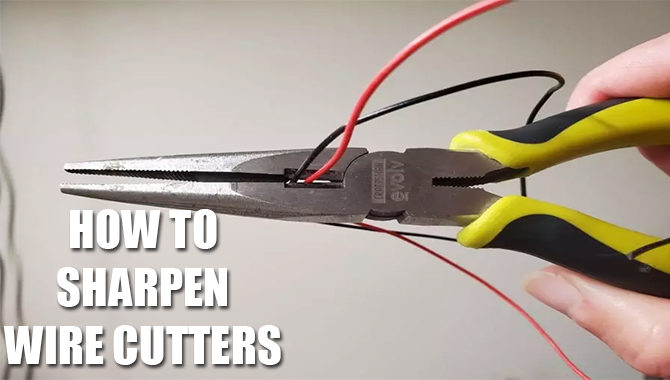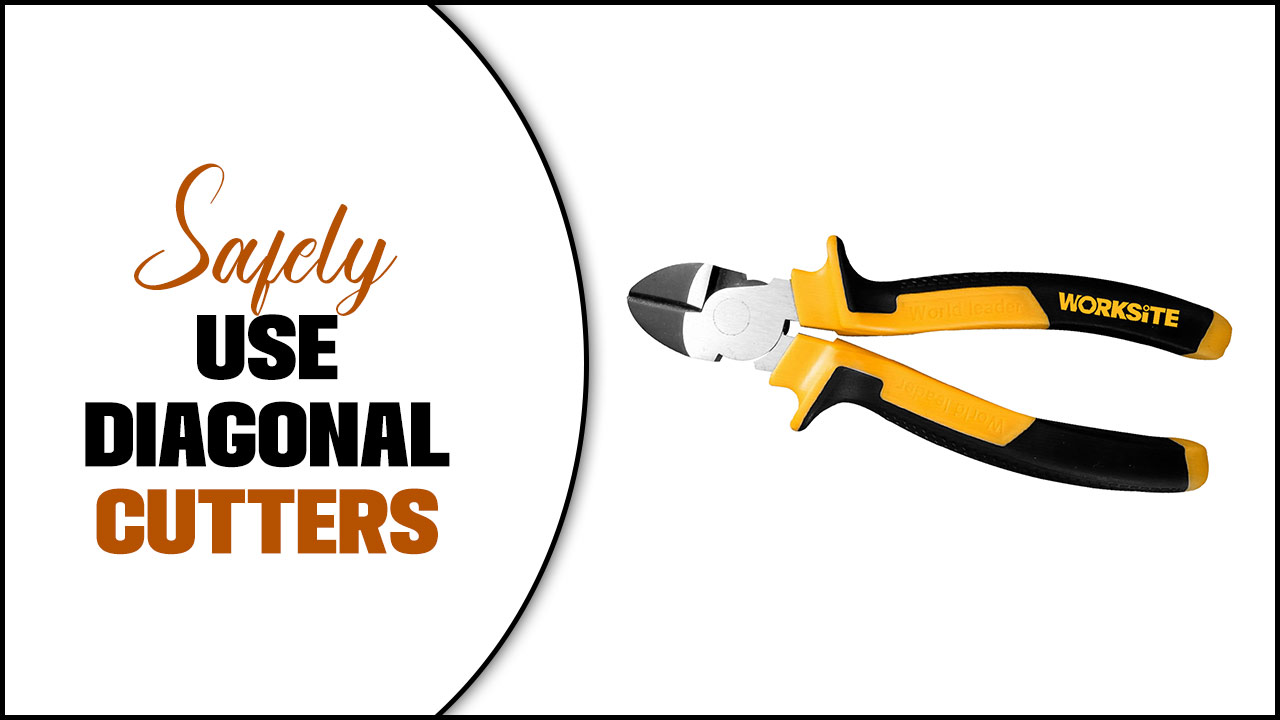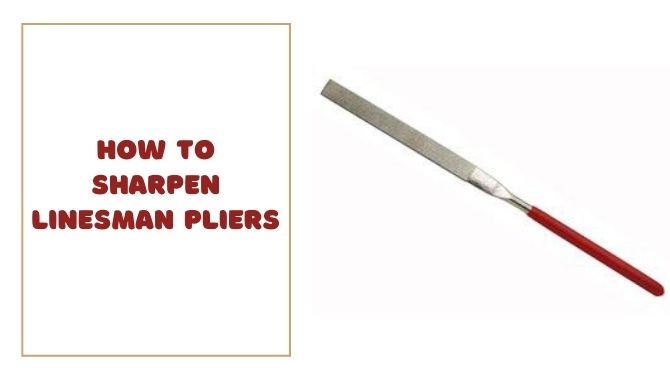Suppose you are working on wiring your new room or an electrical wire got damaged and you have to replace it. Either way, you’ll have to use a wire cutter. So, how to sharpen wire cutters?
You grab your wire cutter and start chopping down those wires. But all of a sudden, your cutter is unable to bite through those shiny copper wires. The edges have gotten blunt over the years of usage.
You quickly rush to your nearby hardware store, but alas, all the wire cutters are sold out. Now you are trying to order one online, but the shipping will take days. Long story short, you have to finish your business with what you already have.
We would recommend sharpening your wire cutter by yourself. “But wait a minute, I don’t know how to do that”, well don’t worry because that’s why we are here. At the end of this guide, you’ll be able to find out all the answers you seek.So let’s start!
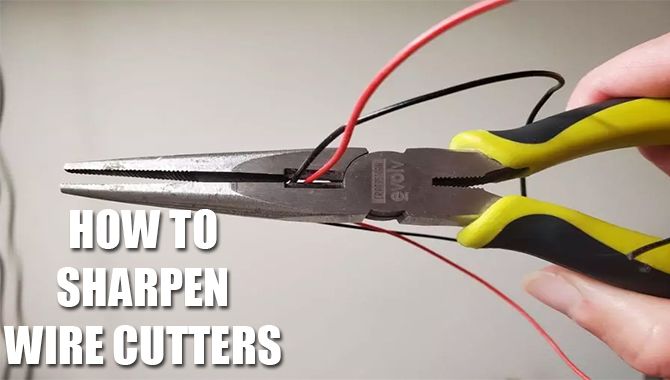
How To Sharpen Wire Cutters?
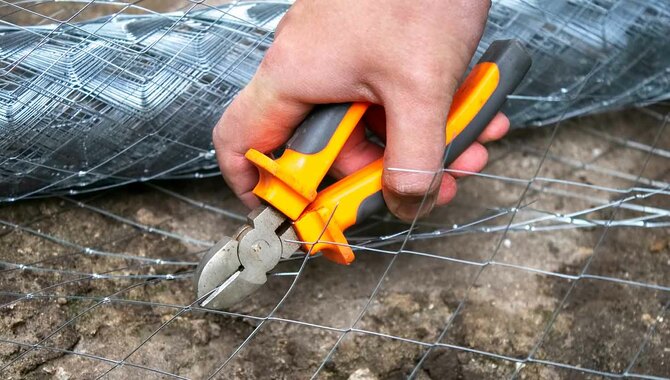
So what do you need to start your process? It’s a simple tool that you can find in any general hardware store.
It’s a file. No, not the one with folders of papers or the ones found in your digital devices. We’re talking about a metal tool called “file”.
But when you go to the hardware stocre and ask for a file, you’ll be questioned about which one you want.
After seeing so many different types of files with different build quality and shapes, you get even more confused than before.
But hey, turn that frown upside down because that’s where we come in to help you out. So let’s deep dive into the world of files and find out the best file for you.
All About Files
If you already couldn’t guess what it is, that’s okay. A file is a tool that helps remove thin amounts of substance from a material.
The file is a steel bar with textures primarily used for smoothing down or sharpening edges. In technical terms, these textures are called cutting teeth.
It has a narrow point at one end, which helps fit handles, or sometimes comes with a handle. Although commonly found in a flat shape, files can come in various shapes and sizes.
We talked about textures just a few seconds ago. There are two types of textures found on files: single cut and double-cut.
1. Single Cut
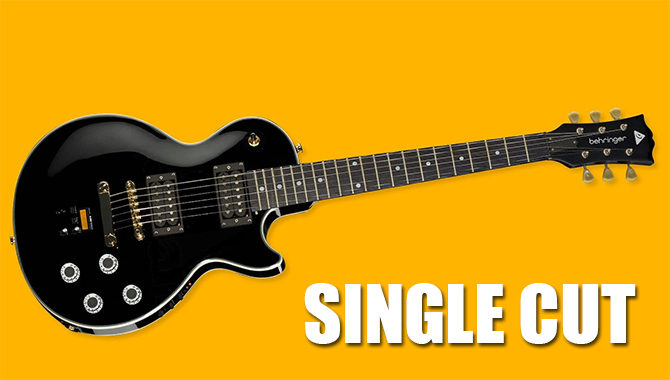
As the name suggests, the rows of teeth on this file are one-directional. Typically, these teeth are placed at a 65-70 degree angle.
This type of file can grind away extra materials more smoothly. But you’ll have to be patient with it and use it slowly.
2. Double-Cut
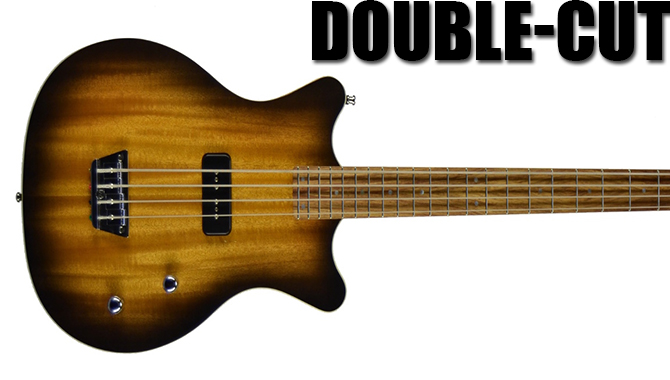
This type of file has two rows of teeth crisscrossing each other at a 65-degree angle. This provides the file with a diamond pattern on the surface. This is why sometimes it’s called “diamond cut” file as well.
As it has two rows of teeth, obviously, it can grind away additional material faster. But being faster does not necessarily mean it’s smoother.
It creates some rough edges, which you’ll have to tone down with a single cut file afterward.
Files are also grouped by how many teeth they have. There are usually three types of files depending on their teeth amount: smooth, second cut, and bastard cut.
3. Smooth Files
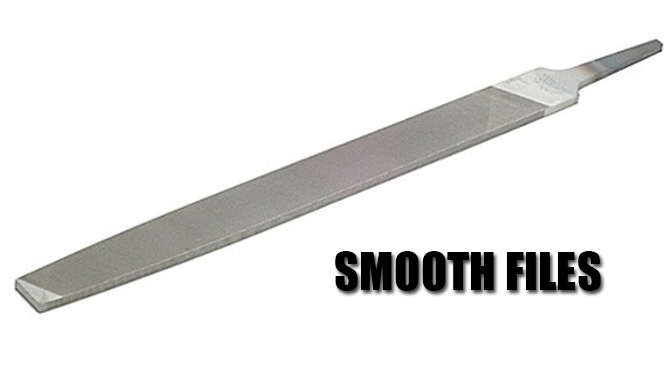
It has 60 teeth per inch, making it the smoothest among the other ones, thus the name.
4. Second Cut
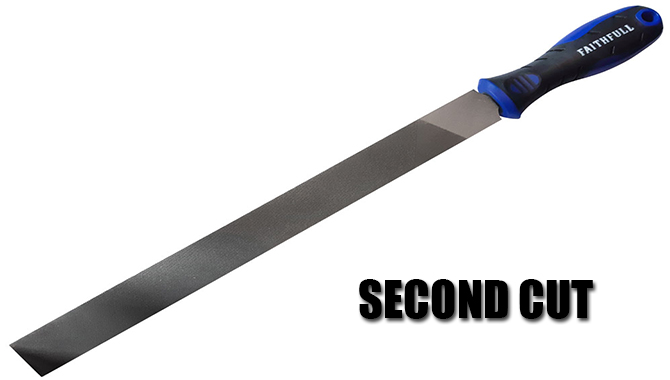
It has 36 teeth per inch. This means that it’s neither too smooth nor too rough.
5. Bastard Cut

The name sounds a bit harsh, doesn’t it? Yes, because it literally is harsh on the edges.
This one has 26 teeth per inch which makes them the toughest among all the other ones. This is the worst one for what we are supposed to do right now.
Now ultimately, mixing up the number of teeth and cutting type, files come in many shapes. The most popular is the hand file.
This is the one we will use, not because of popularity, though. Let’s talk about a few important details and why we’ll use this one in particular.
Things To Know About Hand Files.

It’s essential to know about the anatomical details of anything you are going to use. When you understand your tool, it’s easier for you to use it effectively.
A hand file consists of a tang, a heel, a belly, and a point. The tang is basically the narrow and pointy end of the file.
This is where you attach a handle. Or if you have an expensive one, it’ll come pre-built with a handle. It’s always recommended that you buy one which already has a handle.
Then moving up, we have the heel. This is where the body starts, but there are no teeth on it. After that, you can see the belly. It has rows of teeth, and basically, this is where all the action happens.
And lastly, at the opposite end of the tang, you’ll find the point. But ironically, most of the time, the point isn’t actually pointy at all; rather, it’s flat or squared.
Hand files are generally found in both single cut and double cut variations.
Now that we know all the important details of a hand file, let’s get to know how you can use it to sharpen your cutter, shall we?
How To Use A Hand File

Before you start sharpening your precious wire cutter, you have to buy a hand file that has fine teeth and has a single cut.
You might ask, why? It’s because wire cutters have small metal blades.
If you use a tougher file on it, it might get damaged instead of getting sharpened.
So you just bought the perfect hand file for your job. Great, now let’s start the process. Filing the cutter isn’t a risky job, but hey, it’s always better to be safe than sorry.
Wear your work gloves. Just in case your hand slips while filing and the file hurts your hands. Then wear your safety goggles.
Because you will sharpen small edges, your work area should have plenty of light so that you can accurately do your work.
Now widen the jaw of your cutter. Don’t rush it; work on one blade at a time. Gently rub the file with the blade.
Don’t put too much pressure because the blades are delicate. After every rub, it’ll generate a little bit of dust. Blow it off and continue the process again.
It is recommended to rub each side of the blade 7 times, but it depends on your blade’s sharpness. Repeat the steps until you have a sharp blade.
Now don’t forget to examine your cutter. Try cutting a wire. If you can cut the wire without too much effort, then the task was a success. But if not, try rubbing the file a few more times.
And one last thing, this process can be applied as many times as you want, but it’s better to take care of the blades for a longer lifespan. Clean your blades after using it every time.
Now that you know how to take care of your wire cutter. Don’t you forget something? Yes, your hand file also requires your attention.
Let’s see how you can keep your hand file pristine.
How To Take Care Of Hand Files?
There are a few steps that you can follow to make sure that your hand file doesn’t lose its edge over time.
1. File Card

As we’ve said earlier, filing materials can generate debris and dust. Yes, you could use your hands to clean it up, but such small particles might get inside your nails.
So it’s better to use a file card. It has small rows of firm wires. These wires can clean up the debris before it can settle down on the file.
2. No Pressure

Don’t be too rough on the file. Apply only the necessary amount of force. Using too much strength might give you results you didn’t expect.
3. Keep It In A Proper Place

We can be careless at times. After using the file, people often just throw it away with the other metallic tools. That’s a bad decision.
Why?
The teeth on the files get blunt over time because of touching other metal parts for too long. So always keep the hand file away from metallic tools. It’s better to hang it up.
Final Words
You might think that going through all the hassle just to sharpen a cutter is too much. Acquiring knowledge won’t hurt, would it? You don’t know when you might need it.
Without any doubt, sharpening your cutter every time it gets blunt is the easier and cheaper way. And buying a cutter every time it loses its sharpness isn’t a very good move because wire cutters are known for not being able to hold their sharpness for long.
But it’s really up to you if you want to sharpen it and continue using your cutter or just buy a new one.
If you want to go with the former, then this article is all you will need. Hope you can make the decision that will benefit you in the long term! I hope now you know how to sharpen wire cutters.

